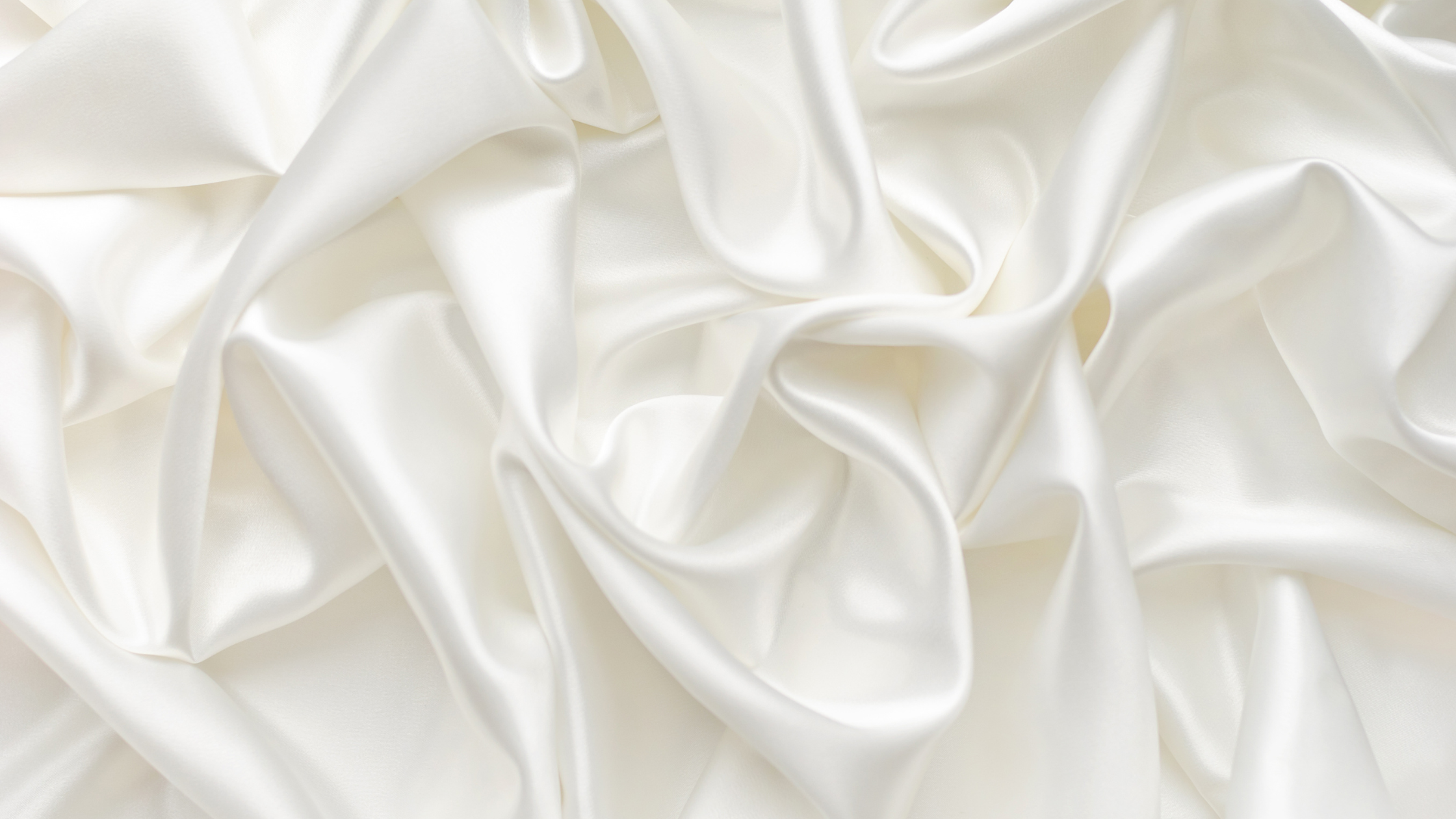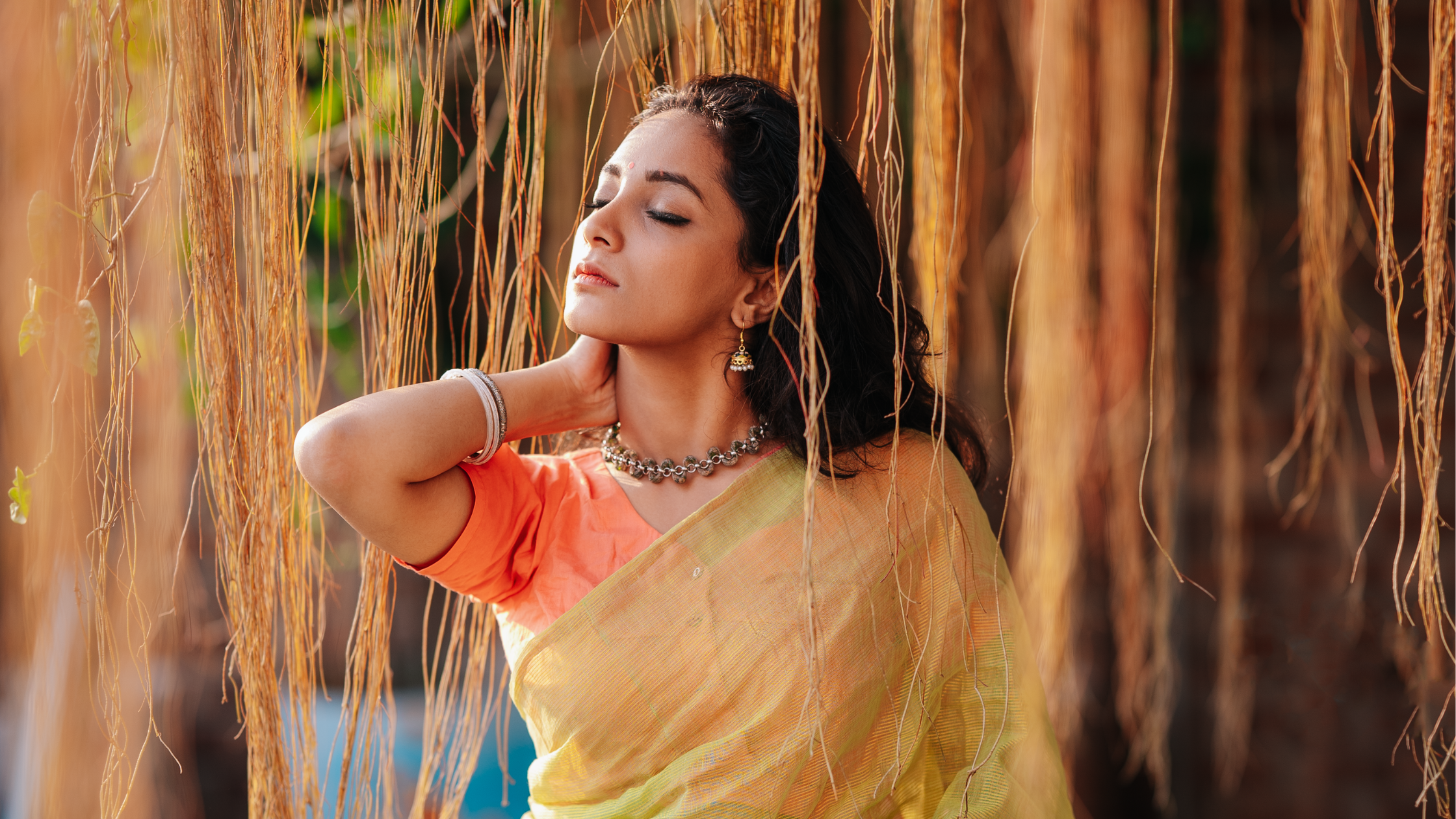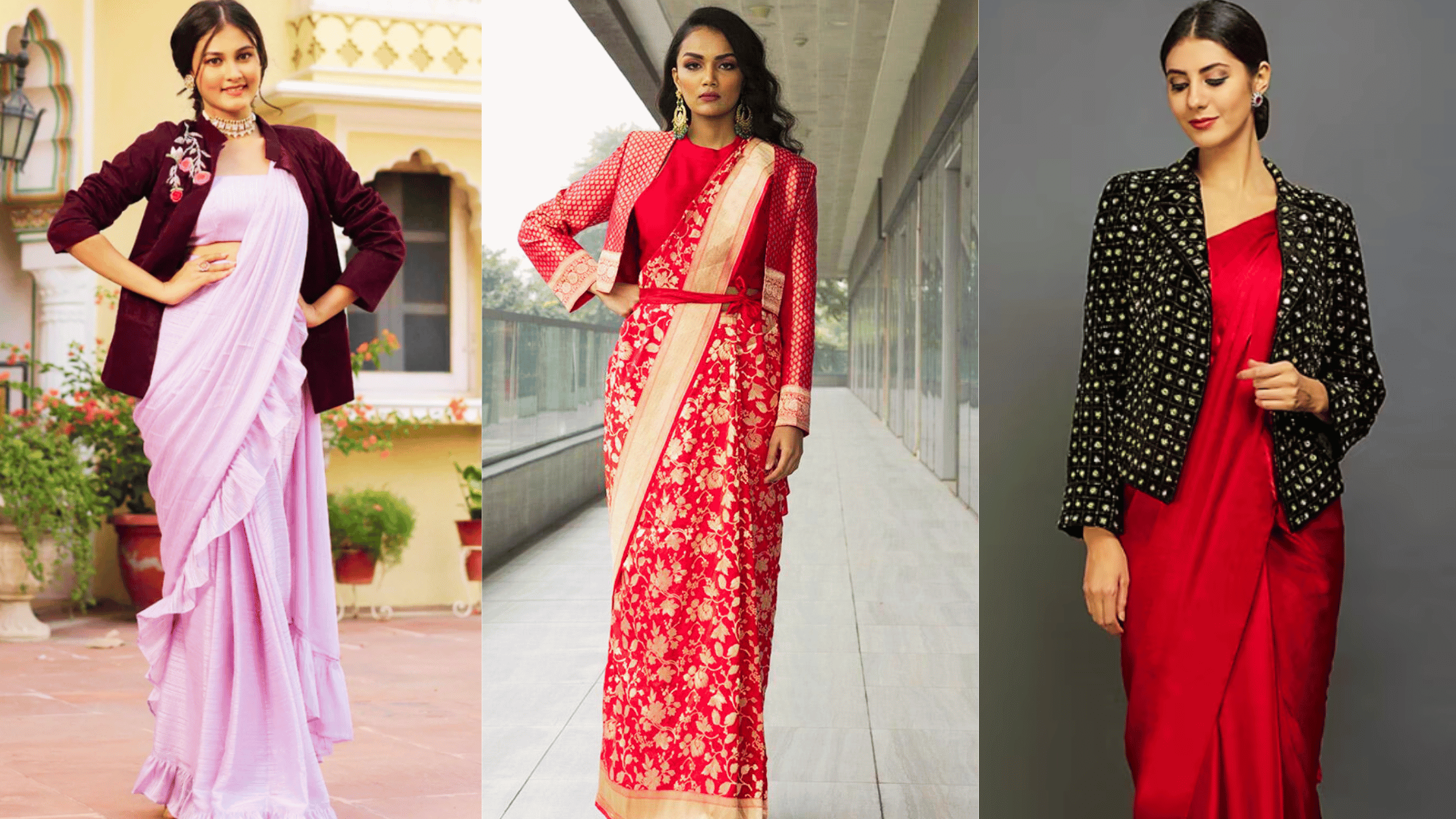Silk saree, the epitome of timeless smoothness and grace, have held a special place in the hearts of women for centuries. These luxurious garments, known for their rich texture, tangled designs, and cultural significance, are a symbol of India’s heritage and handiwork. In this article, we will delve into the world of silk sarees, exploring their history, diverse types, artwork of people, and enduring appeal. With Oxidized Jewellery Silk Saree attract more attention
History of Silk Saree
Silk sarees have a history that dates back thousands of years, with their origins rooted in ancient China. Legend has it that silk was discovered by the Chinese Empress Leizu around 2700 BCE. The secret of silk production was closely guarded by the Chinese for centuries, and it eventually found its way to India through the famous Silk Road, a network of trade routes connecting the East and West. In India, silk weaving has been practiced for over 2,000 years, with Varanasi (also known as Banaras) in Uttar Pradesh emerging as a prominent center for silk saree production. The intricate weaving techniques and labor work have been passed down through generations, making silk designer sarees a true embodiment of cultural heritage and artistry.
Diverse Types of Silk Sarees
India is a land of diversity, and this diversity is beautifully reflected in the various types of silk sarees produced across different regions. Each type has its unique charm and is characterized by specific weaving techniques and patterns. Here are some of the most celebrated varieties:
- Kanchipuram Silk Sarees: Originating from Tamil Nadu, Kanchipuram sarees are renowned for their opulent silk and intricate zari work. The lustrous finish and vibrant colors make them a favorite choice for weddings and special occasions.
- Banarasi Silk Sarees: Banarasi silk sarees, synonymous with Varanasi, are characterized by their heavy gold and silver brocade work. These sarees exude grandeur and are often chosen by brides for their wedding attire.
- Mysore Silk Sarees: Hailing from Karnataka, Mysore silk sarees are known for their simplicity and elegance. They are often adorned with minimalistic designs and are incredibly comfortable to wear, making them suitable for daily use.
- Chanderi Silk Sarees: Chanderi silk sarees from Madhya Pradesh are famed for their sheer texture and fine handwoven fabric. They strike a perfect balance between tradition and modernity, making them versatile for various occasions.
- Paithani Silk Sarees: Originating from Maharashtra, Paithani sarees are characterized by their exquisite peacock and lotus motifs. They are known for their vibrant colors and rich pallu design.
- Baluchari Silk Sarees: Hailing from West Bengal, Baluchari sarees are known for their intricate mythological motifs woven into the pallu. They are a testament to the skilled artisanship of the weavers.
The Timeless Appeal
Silk sarees hold a timeless appeal that transcends fleeting fashion trends. Here’s why they continue to capture the hearts of women:
The soft, smooth texture of silk against the skin provides an unparalleled sense of comfort. Silk sarees make the wearer feel pampered and confident.Silk sarees come in a plethora of designs, colors, and patterns, making them suitable for various occasions, from weddings to formal events to casual gatherings.In many Indian cultures, silk sarees are an integral part of traditional ceremonies and rituals. They symbolize grace, dignity, and the passage of tradition from one generation to the next.Silk is a natural and biodegradable fabric, aligning with the values of sustainable fashion. Choosing a silk saree means contributing to a more environmentally friendly wardrobe.
Caring for Your Silk Sarees
To ensure the longevity of your cherished silk sarees, proper care is essential:
- Dry Cleaning
- Storage
- Avoid Direct Contact with Perfumes
Wrap up
Silk sarees are not merely clothing; they are a testament to artistry, culture, and timeless beauty. Their rich history, craftsmanship, and versatility make them an integral part of Indian tradition and fashion. So, the next time you drape yourself in a silk saree, remember that you are embracing a legacy of elegance that has endured through the ages.





